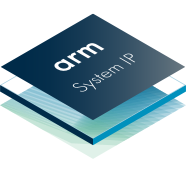ARM
 The Arm architecture is a Reduced Instruction Set Computer (RISC) architecture with the following RISC architecture features:
The Arm architecture is a Reduced Instruction Set Computer (RISC) architecture with the following RISC architecture features:
- A large uniform register file.
- A load/store architecture, where data-processing operations only operate on register contents, not directly on memory contents.
- Simple addressing modes, with all load/store addresses determined from register contents and instruction fields only.
The Arm architecture supports implementations across a wide range of performance points. Implementation size, performance, and very low power consumption are key attributes of the Arm architecture.
Pages
When writing a driver for ARM A64 CPU, we need to write some ASM functions that are then used by C. In this case, we may need to use some general-purpose registers to implement logic functions. So, …
read more…
read more…
ARMv8 designs a synchronization model to provide non-blocking synchronization.
This model includes the following key elements:
* Load-Exclusive / Store-Exclusive instruction pair and Clear-Exclu…
read more…
read more…
* These instructions are used to implement the following mechanisms for power saving (Put a PE into low-power state that is IMPLEMENTATION DEFINED).
* Wait for event (WFE/WFET, SEV/SEVL)
* T…
read more…
read more…

